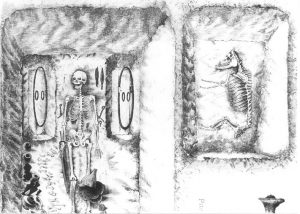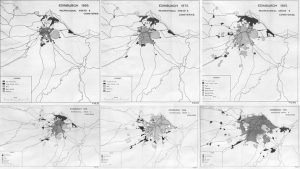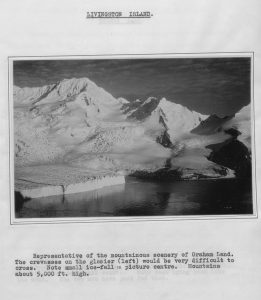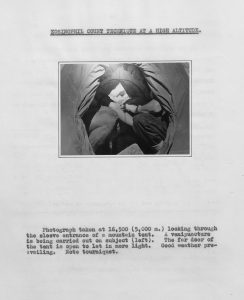We are pleased to announce that the first batch of approximately 80 PhD theses is now available online through ERA, our online institutional repository! https://www.era.lib.ed.ac.uk/handle/1842/15956
The theses have initially been uploaded in a bulk import and will be redistributed by cataloguing staff to appropriate collections before the next upload in August.They all date from 1900 to the present day and include handwritten and typewritten PhDs; all typed theses have been OCR-ed and are searchable by keyword.
The collection covers a broad range of academic subjects, ranging from explorations of disease through to microbiology, chemistry and histories of the Middle East. Some of the most popular, and slightly unexpected, topics include:
- Potatoes (Some physico-chemical characteristics of the potato tuber; and Effect of cultural treatments on the growth and yield of the potato crop)
- The perils of drink (Unit for the treatment of alcoholism : an evaluation of the response of alcoholics treated by a specialised clinic; and Epidemic arsenical poisoning in beer-drinkers: a clinical and public health study)
- Sheep (Behaviour of Scottish blackface sheep and their preference for different swards as observed on a hill pasture in south east Scotland)
We will continue to add more theses to the collection throughout the project – access them all at: https://www.era.lib.ed.ac.uk/handle/1842/15956










 sentences like the following; ‘The word “Antarctic” has always been associated with cold, death marches, crushed ships, crevasses and so on’. This demurely bound 1959 thesis by HW Simpson is a fascinating gem. It is part medical thesis, part travel journal,
sentences like the following; ‘The word “Antarctic” has always been associated with cold, death marches, crushed ships, crevasses and so on’. This demurely bound 1959 thesis by HW Simpson is a fascinating gem. It is part medical thesis, part travel journal, notes certain events that caused a peak in stress, including how one man was lost in a blizzard for eight hours and another drifted out to sea when his boat ran out of petrol, only to be saved by a ship’s helicopter 25 miles off shore. Simpson also studies stress caused by more mundane activities. The men took turns cooking and he describes how ‘It will be readily understood that to be cook for 8-10 men and do one’s main job can be a conside
notes certain events that caused a peak in stress, including how one man was lost in a blizzard for eight hours and another drifted out to sea when his boat ran out of petrol, only to be saved by a ship’s helicopter 25 miles off shore. Simpson also studies stress caused by more mundane activities. The men took turns cooking and he describes how ‘It will be readily understood that to be cook for 8-10 men and do one’s main job can be a conside rable strain. Not only must the cook bake bread but he must also help with the washing up and at the end of his week scrub out the kitchen’. This observation is accompanied by a graph entitled ‘The stress of cooking’, which surprisingly seems to rival the stress of the prospect of a cold and icy death in the midst of a blizzard.
rable strain. Not only must the cook bake bread but he must also help with the washing up and at the end of his week scrub out the kitchen’. This observation is accompanied by a graph entitled ‘The stress of cooking’, which surprisingly seems to rival the stress of the prospect of a cold and icy death in the midst of a blizzard.